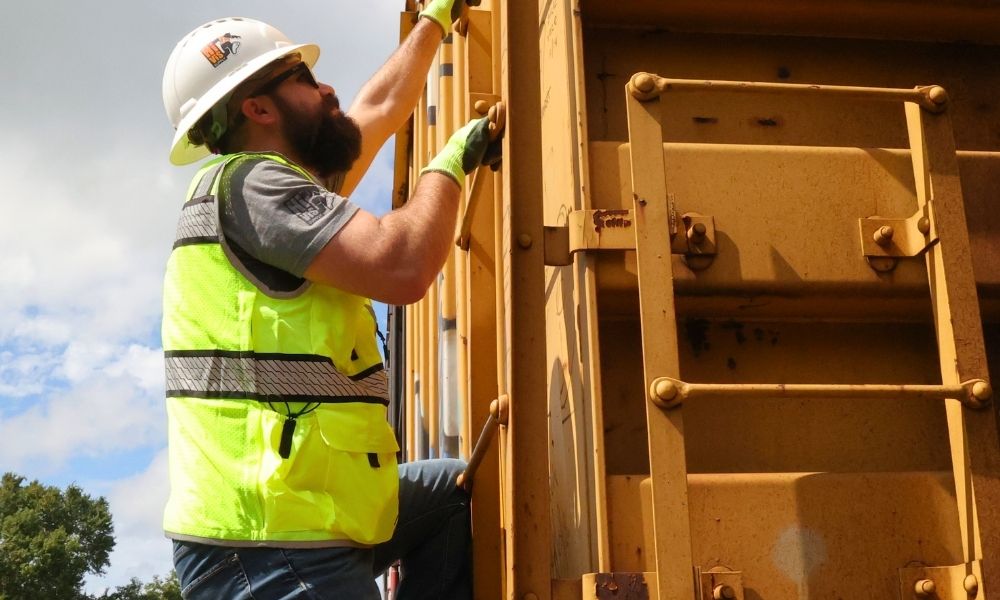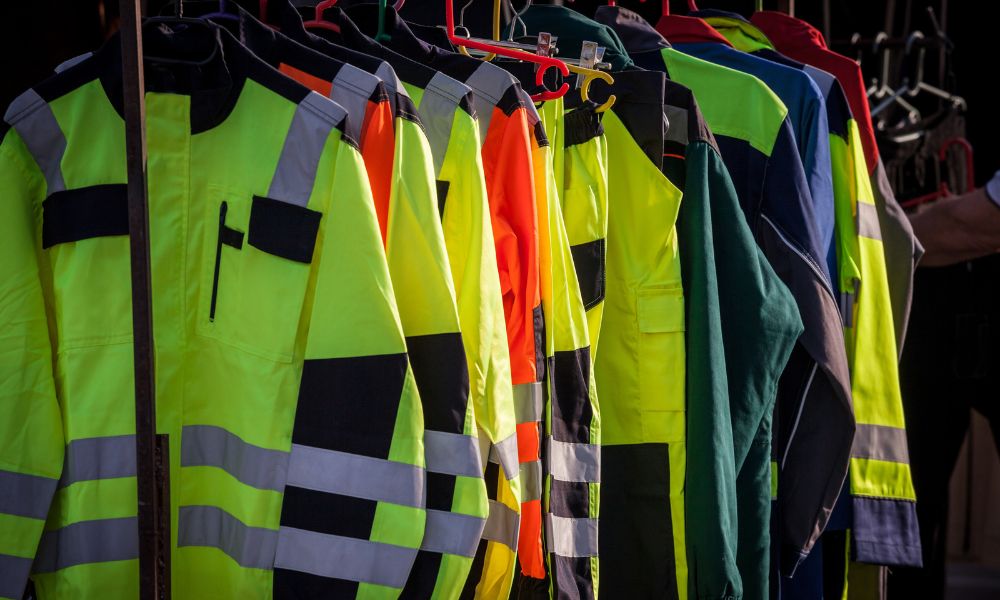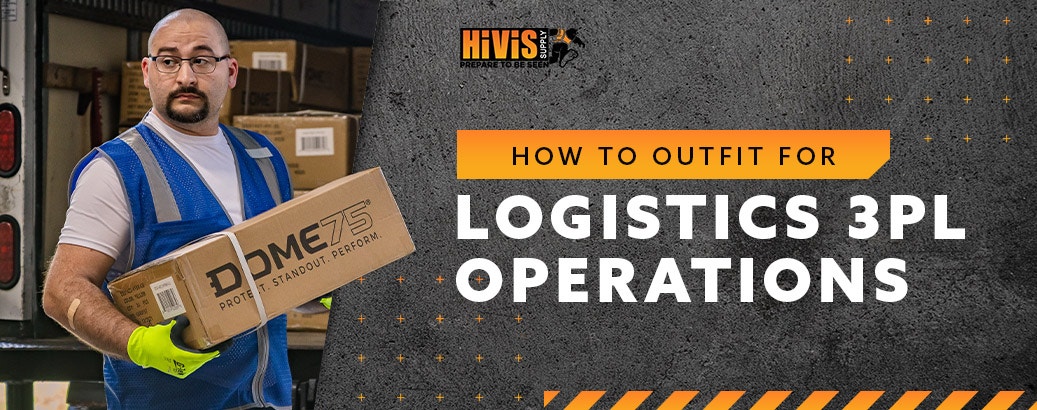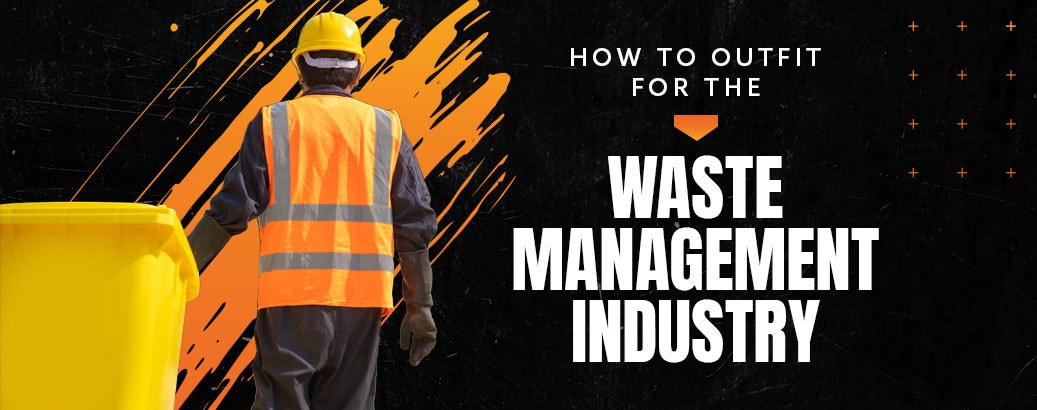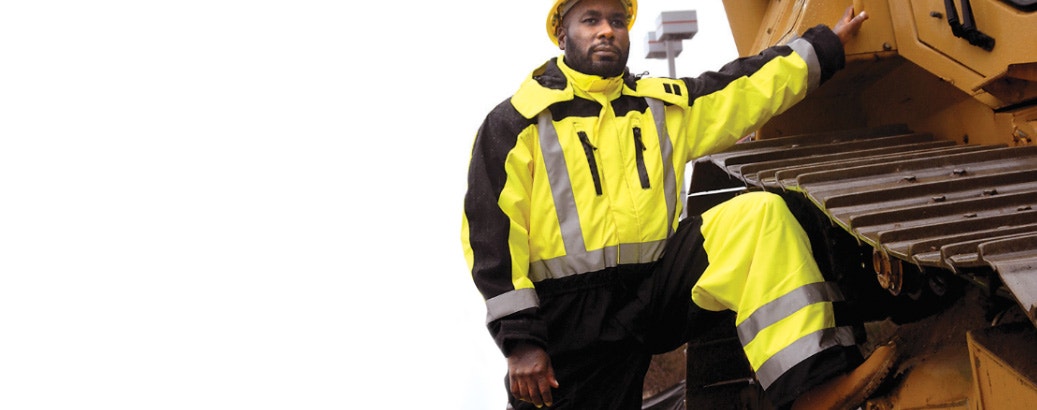Winter Workplace Safety: Best Practices
- Oct 13, 2016
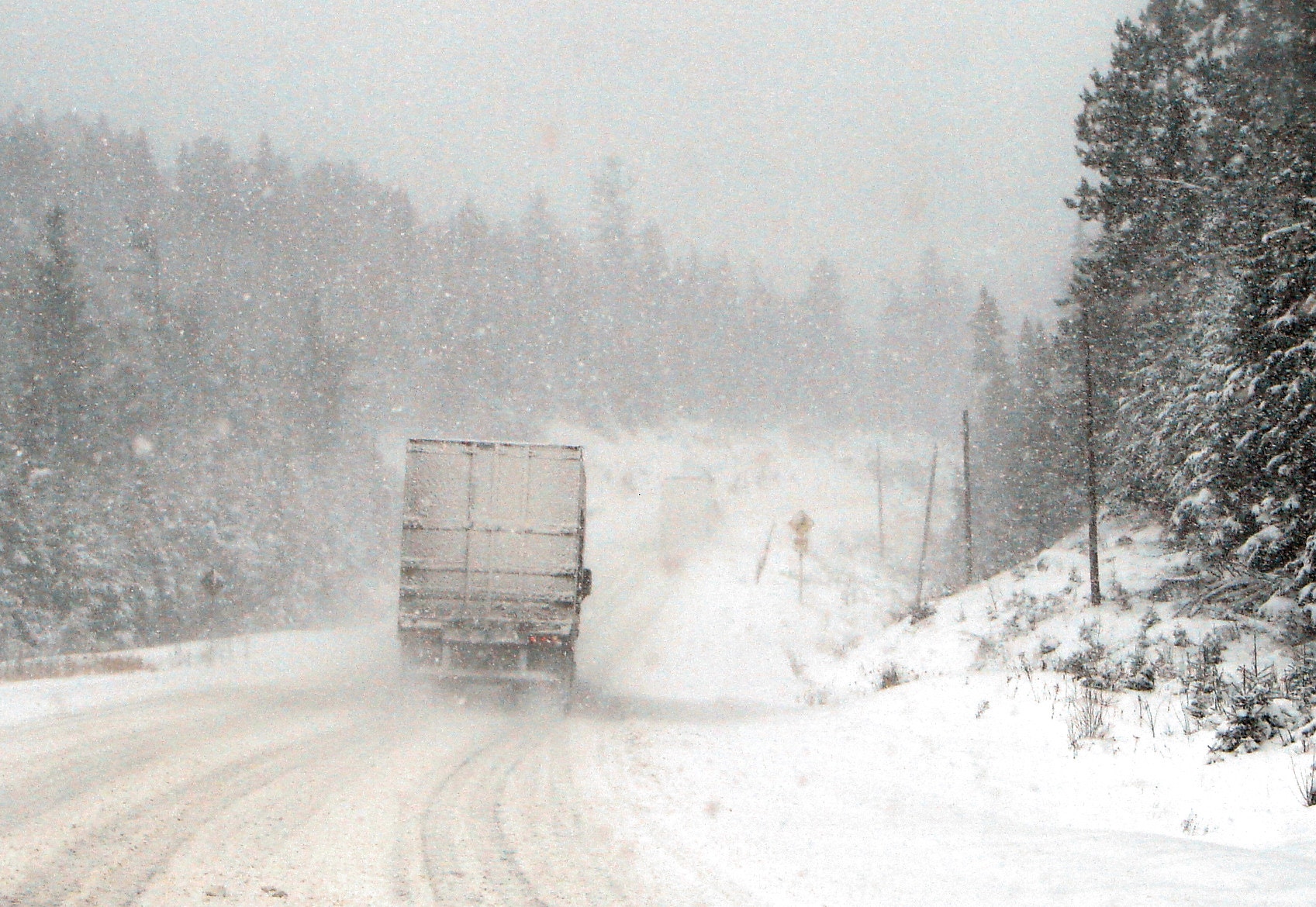 For many of us who work outdoors, the coldest part of the year is approaching. This includes harsh winds, frigid temperatures and slippery surfaces that nobody really looks forward to. In addition to the general discomforts of the temperature, winter brings with it an noticeable increase in work-related hazards.
For many of us who work outdoors, the coldest part of the year is approaching. This includes harsh winds, frigid temperatures and slippery surfaces that nobody really looks forward to. In addition to the general discomforts of the temperature, winter brings with it an noticeable increase in work-related hazards. To survive the winter workplace while maintaining productivity and safety, it's important to utilize time-tested best practices. While some of these things may seem like common sense, now is the perfect time for a review and to prepare for the changes in routine that lie ahead.
Dressing for the Weather
Yes, this one may be clear as day - you can't head to work in jeans and a t-shirt. The cold weather demands appropriate protection, but it's more complicated than that. It's possible to be too warm, too bulky, or too limited in movement - all things that can affect your safety and performance.
If your job duties are strenuous, dress in layers. Consider wearing a sweatshirt under your jacket that can be removed when your body heat rises during have activity. You'll need to be sure to keep your head and face warm depending on the intensity of the weather, but be sure that any headwear doesn't limit your field of vision. Gloves are a must-have; be sure they fit well and offer a safe grip for any tools or materials you might be handling. Waterproof boots will help keep your feet warm and dry, while heavy-knit socks such as wool will protect your toes from prolonged cold.
Driving and Operating Heavy Equipment
Even if there's no heavy equipment operation, chances are you'll be driving to and from work each day. Winter roads are cold, which provides less traction against your rubber tires. Rain, sleet and snow can create highly dangerous driving conditions, even for the most experienced driver. If the weather is bad, be sure to allow yourself additional time to arrive at work. You'll need to leave early, drive slower, and give your undivided attention during your commute. Be sure to carry an winter emergency kit in your vehicle at all times just in case things get really bad.
For heavy equipment operators, it's important to pay close attention to even the smallest changes in wind and temperature. Surfaces can become slick and materials can be harder to handle. In snowy conditions, hazard can be camouflaged by snow cover. A co-worker could slip on the ice behind your vehicle and be at risk of serious injury or death should you not realize they've fell. Take your time, be aware, and don't rush things. Winter weather requires a different approach to how you operate your equipment.
General Tasks and Hazards
There are probably too many winter hazards to list here, but the majority of them are the direct result of wet and slippery surfaces. While a slip and fall is bad, a slip and fall with a concrete saw in your hand can change your life. When we say to proceed with caution, we can't express that enough.
Job sites are often ridden with hazards and when a slippery surface is added into the equation, simple errors can prove deadly. Slipping under a machine can cause you to be crushed and killed, while smacking your head on a pipe or steel beam as you fall can cause serious head trauma or worse. Take your time, be careful where you step/stand and be sure to use boots designed for winter traction. Depending on your work environment, you might even consider investing in Ice Traction Devices which are affordable and highly effective.
Other hazards of the winter include melting ice that can fall from buildings or equipments, pooled water that poses a risk of electrical shock, snow cover that might mask dangerous holes, and low visibility conditions that can make everything you do a bit harder. Winter is one of those times when you definitely should consider wearing extra ANSI-rated reflective gear.
Overall, winter weather is the most unforgiving and dangerous when it comes to work. It's hard on your body, hard on your mind due to the intensity of attention required, and it's hard on equipment, materials, and tools. Be sure to get good rest during the winter months, eat nutritional meals for the energy you'll need, and above all stay warm. If you plan accordingly, dress properly, maintain awareness and move cautiously, you'll have a productive and safe winter working season.


